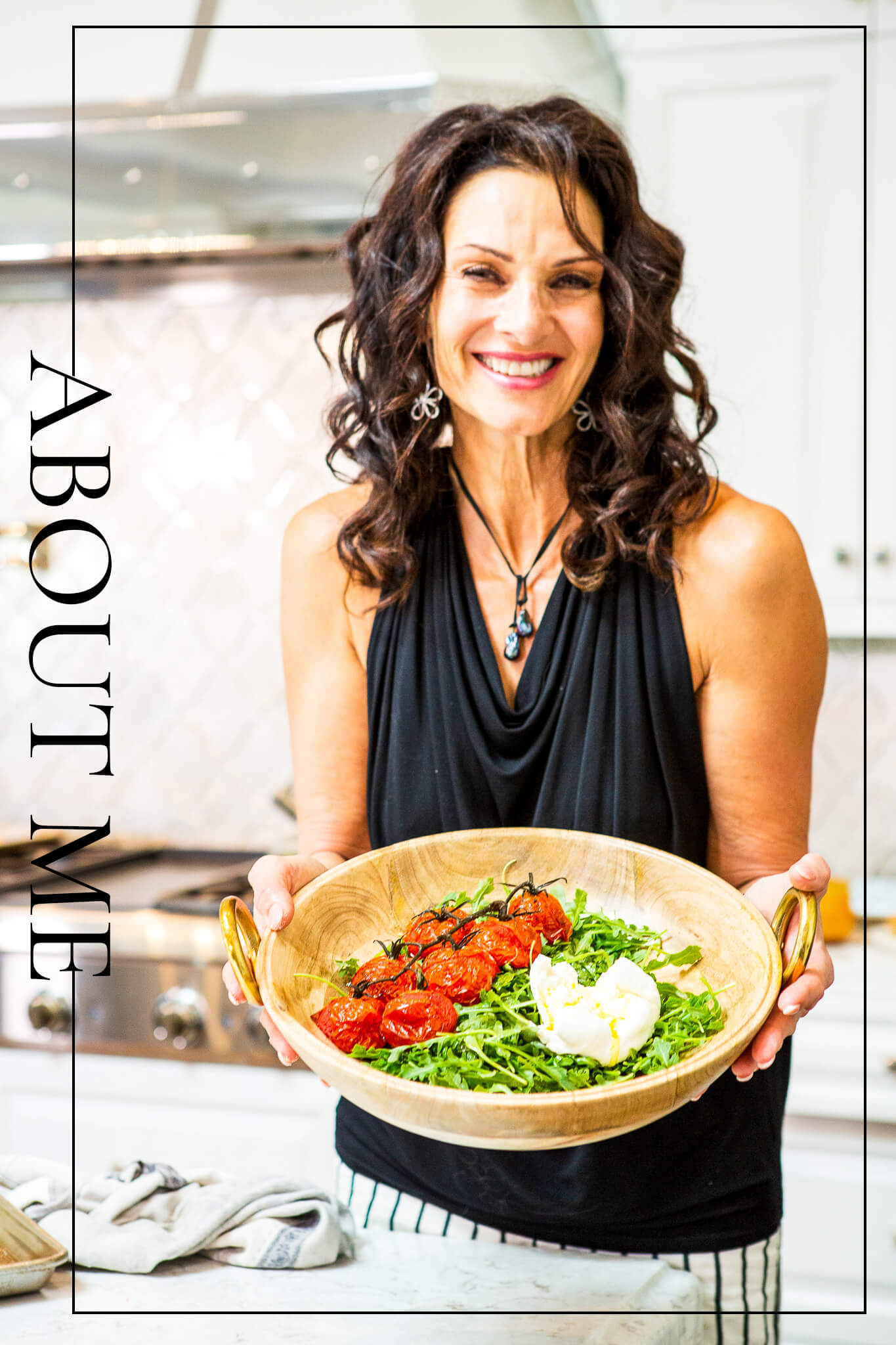So you’re looking to cook a turkey low and slow? You’ve come to the right place! This method is a lifesaver for busy cooks, and it guarantees a juicy, flavorful bird that will have everyone asking for seconds.
Why Go Low and Slow?
There are many reasons why low and slow cooking is the way to go for turkey. First, it’s incredibly easy. Once you get the bird in the oven, you can basically forget about it until it’s time to eat. This frees you up to prepare other dishes, set the table, and even relax a bit before the big feast.
Second, low and slow cooking produces a super-moist turkey. The long, slow cooking process allows the juices to distribute evenly throughout the meat, resulting in a bird that’s tender and flavorful from the inside out.
Third, this method is forgiving. Even if you’re a novice cook, you can’t really mess this up. The low temperature ensures that the turkey won’t dry out, even if you accidentally leave it in the oven a little longer than planned.
The Low and Slow Method: A Step-by-Step Guide
Now, let’s get down to the nitty-gritty of how to cook a turkey low and slow. Here’s a step-by-step guide to help you achieve perfect results:
Preparation:
- Preheat your oven to 250°F (121°C).
- Remove the giblets and neck from the turkey cavity. Save them for making gravy or stock, if desired.
- Pat the turkey dry with paper towels.
- Season the turkey generously with salt and pepper. You can also add other herbs and spices, such as thyme, rosemary, or garlic powder, to your liking.
- Place the turkey on a rack in a roasting pan. This will allow the air to circulate around the bird and ensure even cooking.
- Add a cup of water to the bottom of the roasting pan. This will help to keep the turkey moist and prevent it from sticking to the pan.
- Cover the roasting pan tightly with aluminum foil. This will help to trap the moisture and create a humid environment for the turkey to cook in.
Cooking:
- Place the turkey in the preheated oven and cook for 8-12 hours, depending on the size of the bird. A general rule of thumb is to cook for 30 minutes per pound.
- Baste the turkey every 2-3 hours with the pan juices. This will help to keep the skin moist and prevent it from drying out.
- After 8-12 hours, check the internal temperature of the turkey. The thickest part of the thigh should register 165°F (74°C) on a meat thermometer.
- If the turkey is not yet done, continue cooking it in 30-minute increments until it reaches the desired temperature.
- Once the turkey is cooked, remove it from the oven and let it rest for at least 30 minutes before carving. This will allow the juices to redistribute and ensure a juicy and flavorful bird.
Tips and Tricks:
- For extra flavor, you can stuff the turkey cavity with onions, celery, carrots, and herbs.
- If you want crispy skin, remove the foil for the last 30 minutes of cooking and crank up the oven temperature to 400°F (204°C).
- Leftover turkey can be stored in the refrigerator for up to 3 days or frozen for up to 2 months.
Cooking a turkey low and slow is a simple yet effective way to achieve a delicious and juicy bird. With this method you can relax and enjoy the holiday while your turkey cooks to perfection in the oven. So go ahead and give it a try – you won’t be disappointed!
Frequently Asked Questions
Q: Can I cook a turkey low and slow in a slow cooker?
A: Yes, you can! Just follow the same instructions as above, but use a slow cooker instead of an oven. Cook the turkey on low for 6-8 hours, or on high for 3-4 hours.
Q: Can I cook a turkey low and slow without a roasting rack?
A: Yes, you can, but it’s not recommended. The rack will help to elevate the turkey and allow the air to circulate around it, resulting in more even cooking.
Q: Can I cook a turkey low and slow without adding water to the pan?
A: Yes, you can, but the turkey may be a bit drier. Adding water to the pan helps to create a humid environment and keep the turkey moist.
Q: Can I cook a turkey low and slow without basting it?
A: Yes, you can, but the skin may not be as crispy. Basting the turkey helps to keep the skin moist and prevent it from drying out.
Q: Can I cook a turkey low and slow without stuffing it?
A: Yes, you can, but the stuffing will not be cooked through. If you want to stuff the turkey, it’s best to cook it separately.
Q: Can I cook a turkey low and slow without covering it with foil?
A: Yes, you can, but the turkey may be a bit drier. Covering the turkey with foil helps to trap the moisture and create a humid environment for the turkey to cook in.
Q: Can I cook a turkey low and slow without letting it rest?
A: Yes, you can, but the turkey may be a bit tougher. Letting the turkey rest allows the juices to redistribute and ensures a juicy and flavorful bird.
Share Your Thoughts…Lastly, if you make Overnight Turkey, be sure to leave a comment and/or give this recipe a rating! Above all, I love to hear from you and always do my best to respond to each and every comment. And of course, if you do make this recipe, donât forget to tag me onÂ
Makes: 8-10 servings
Prep Time: 20 minutes
Cook Time: 10 hours
Total Time: 10 hours & 20 minutes
- 14-16 pound turkey (see Chef’s Note)
- extra-virgin olive oil
- salt & freshly ground pepper
- poultry spice
- paprika
- garlic powder
- 2 heads of garlic, peeled
- 2 yellow onions, cut in thick slices
- 4 celery stalks, coarsely chopped
- 3 parsnips, peeled and coarsely chopped
- Heavy duty aluminum foil
Preheat oven to 180°F. If oven won’t go that low, set it to its coolest setting; anything up to 200°F is fine. Thoroughly wash turkey inside and out. Pat dry. Rub turkey with olive oil and then sprinkle spices all over it. Season inside as well as outside. Place turkey in a large roasting pan on a rack.
Place garlic, celery, parsnips and onions under the rack. Add enough water to come to the bottom of the rack and not touch the turkey itself. Add the turkey neck, liver and gizzard to the water in the pan.
Cover the pan completely by making a tent of heavy-duty aluminum foil. To ensure that the moisture stays in the pan, you must ensure that all of its edges are covered. This is the only tricky part to cooking a turkey like this.
Cook the turkey for 9 hours. Make sure the thickest part of the turkey thigh is at 155 °F by using a meat thermometer to measure the internal temperature of the bird. The turkey will continue to cook so don’t worry that it’s too low.  See notes below if the turkey isn’t at 155°F.
Increase the oven’s temperature to 450̚°F, take off the foil tent, and continue cooking for a further 15 to 20 minutes, or until the skin is crispy and browned, the breast reaches 160̂°F, and the thighs reach 170–175̂°F.
After taking the turkey out of the oven, let it rest for 20 to 30 minutes with the foil loosely covering it. Save the drippings for the Delicious Turkey Gravy.
Carve the turkey and serve!
Chef’s Note:
If you are making a larger turkey, just increase the temperature to 200°F and follow the same instructions. The important thing to remember is to take the turkey out when its internal temperature reaches 155 °F for the thigh. I tried a 22-pound turkey and it took 10 hours at 200°F.
Should the turkey still be under 155˒°F after 10 hours and you require oven space, raise the temperature to 300̒°F and check it every 15 minutes.
You can leave the turkey in the pan to cool. If you must leave it for a long time, cover with foil and then place thick towels over it.
Strain the drippings and refrigerate them. Use the drippings as the foundation for your gravy after removing the fat layer (see the recipe for Delectable Turkey Gravy).
See additional tips in blog post.
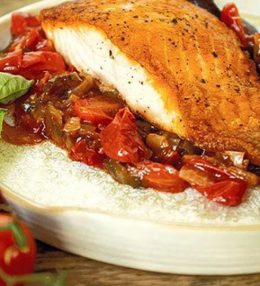
- 0 / 5
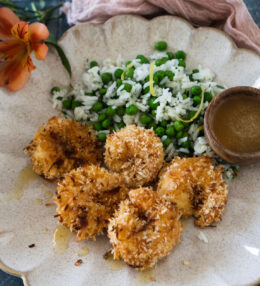
- 0 / 5
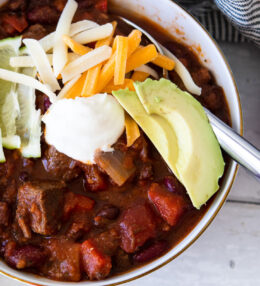
- 5 / 5
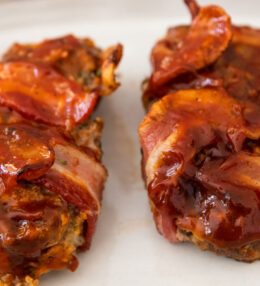
- 5 / 5
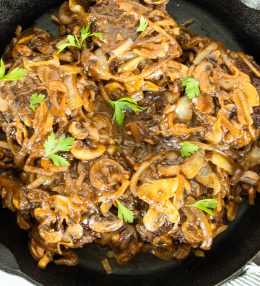
- 0 / 5
